Learn Cloud
Learn Cloud
Cloud computing is a way to increase capacity or add capabilities on the fly without investing in new infrastructure, training new personnel, or licensing new software. Cloud computing encompasses any subscription-based or pay-per-use service that, in real time over the Internet, extends IT's existing capabilities.
It is IT as a service. It could include not just applications but processing power, storage, connectivity, collaboration, extensibility, configurability, application development tools and so on.
Cloud Computing vs. Utility Computing
Cloud computing is a super set of Utility Computing. Utility computing service is one in which customers receive computing resources from a service provider (hardware and/or software) and pay as much as you use like electric service at home. Utility computing relates to the business model in which application infrastructure resources (hardware and/or software) are delivered. (Utility computing is a superset of Data Centers)
For an example, Amazon Web Services (AWS) provides a variety of services, among them the Elastic Compute Cloud (EC2), in which customers pay for compute resources by the hour, and Simple Storage Service (S3), for which customers pay based on storage capacity. Sound familiar -- it's a service-oriented architecture (SOA)! Yes, literally and technically it is a SOA.
Cloud computing relates to the way we design, build, deploy and run applications that operate in a virtualized environment, sharing resources and boasting the ability to dynamically grow, shrink and self-heal. In this model, all IT applications and facilities (i.e. compute, storage and network) are provided as a service rather than dedicated infrastructure. This is intended to allow any user, independent of client platform, to access IT services without knowledge or concern of their location or form.
Cloud computing incorporates almost every computing manifestation within the IT world: distributed, grid, utility, on-demand, open source; Web services; P2P; Web 2.0 and last but not least, software as a service. It also accommodates thin, thick and mobile clients, and allows integration of corporate, commercial and service provider cloud-accessed resources.
Cloud computing providers will invoice their customers on a utility (such as electricity) or a subscription (such as a newspaper) basis. Applications can be developed, deployed and use it from anywhere, hassle free, no maintenance and no worry about data loss. Use enormous power of computing in the cloud. As an example, in this model, storage is a service resource that is accessed via the cloud, not a dedicated user resource.
Its scalability means you only pay for the resources you need. The cost and hassle of maintaining lots of computers and software is someone else’s responsibility. And the economies of scale offered by the cloud mean that services can be made available at lower prices.
What is
Cloud Computing
Cloud Computing is a kind of computing in which dynamically scalable and often virtualized resources are provided as a service over the Internet. Literally and technically, it is a Service Oriented Architecture in the Cloud. Providers provide the cloud services (PaaS / IaaS / SaaS) to build Service Oriented Architecture (SOA) applications in the cloud.
Kinds of cloud
Infrastructure as a Service (IaaS) is the delivery of computer infrastructure (typically a platform virtualization environment) as a service.
Providers
3tera, Amazon EC2, GoGrid, Rackspace, Dell, HP,IBM
Platform as a service (PaaS) the delivery of a computing platform and solution stack as a service. It often goes further with the provision of a software development platform that is designed for Cloud Computing at the top of the cloud stack.
Providers
SalesForce (Force.com), Microsoft (Azure), Google (App Engine)
Software as a Service (SaaS) - "meaning delivering software over the Internet" is increasingly popular for its ability to simplify deployment and reduce customer acquisition costs; it also allows developers to support many customers with a single version of a product. SaaS is also often associated with a "pay as you go" subscription licensing model.
Providers
SalesForce CRM, Amazon, Microsoft Azure, Microsoft O365, Google
Types of cloud

Private Cloud
Private cloud and internal cloud are neologisms that some vendors have recently used to describe offerings that emulate cloud computing on private networks.
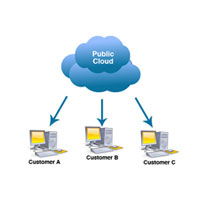
Public Cloud
Public cloud or external cloud describes cloud computing in the traditional mainstream sense, whereby resources are dynamically provisioned on a fine-grained, self-service basis over the Internet.
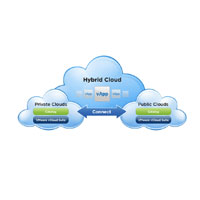
Hybrid Cloud
A hybrid cloud environment consisting of multiple internal and/or external providers "will be typical for most enterprises". Like extending your data center with cloud providers data center using VPN.
Who are all the cloud service providers

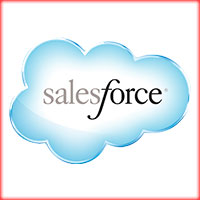
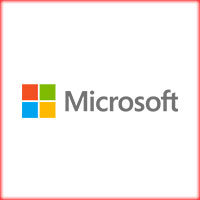

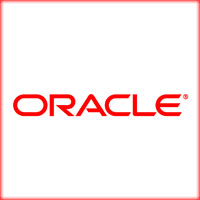
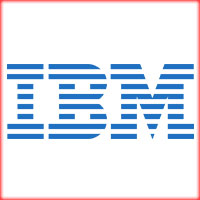

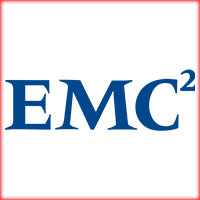

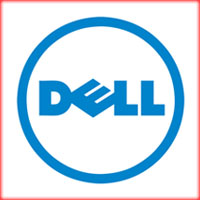
How the rates are calculated
Basically rates are calculated based on number of instance, storage and data transfer rate. Each cloud provider operates its own proprietary infrastructure and every one of them has their own set of pricing plans.
We can measure bandwidth in MB and storage in GB, but there’s no standard unit of computing - providers measure hours or seconds of processing, but each processor configuration is different - making it all-but-impossible to compare the cost of hosting your application from one provider to another.
Still you have question, please contact us. (cloud@redzara.com)
About Redzara
Our cloud service experts understand the need for businesses to have affordable and well managed cloud technology services. We work with whoever cloud provider the clients select or we can help the clients to select the provider based on client needs.
Read More